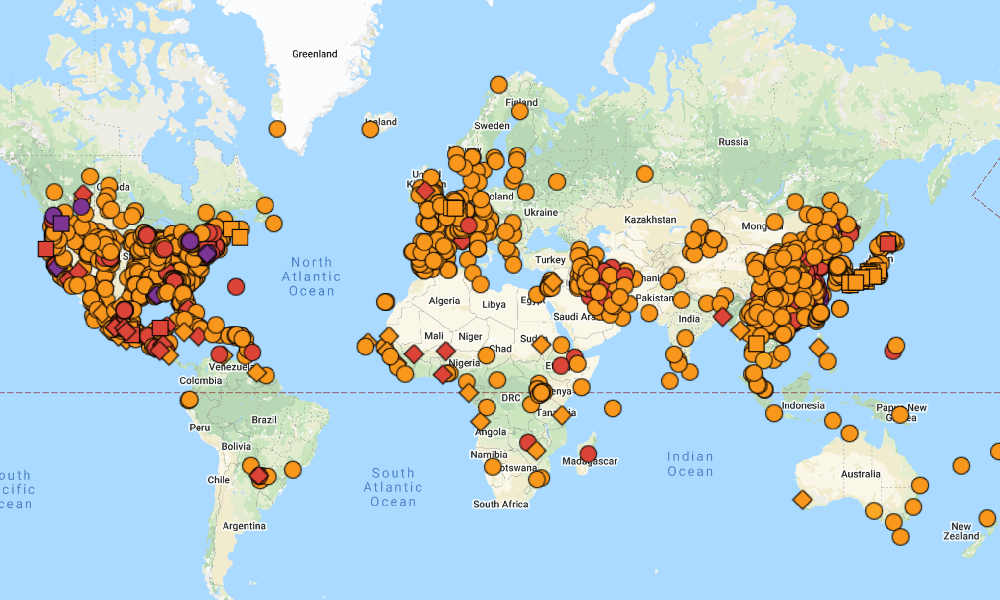Nearly 8 million Northern California residents asked to shelter in place
What is and isn't allowed during a 'shelter-in-place' order
The basics of a "shelter-in-place" order during the coronavirus pandemic are fairly clear: Stay at home.
But as cities, states and the federal government take increasingly aggressive moves to stop the spread of the novel coronavirus, the precise details of a "shelter-in-place" order and its many exceptions for "essential activities" may soon become familiar to millions of Americans across the country.
Already,
nearly 7 million people living in a wide swath of Northern California are under a "shelter-in-place" order, which began Monday night.
And Tuesday, New York Mayor Bill de Blasio urged New Yorkers to prepare for the
possibility that there could be a shelter-in-place order within the next two days. Whether that actually happens remains unclear, though. Gov. Andrew Cuomo, whose approval would be required for such a move, has repeatedly downplayed such a move.
A growing number of countries have also imposed lockdowns that effectively shut down public life, but the details of such lockdowns vary dramatically. For example,
Italy banned all public gatherings and set a 6 p.m. curfew but allowed travel for work or health reasons, while in China,
millions of residents are restricted from even going to shop for groceries.
What exactly is "essential?"
The "shelter-in-place" order that San Francisco adopted has fairly large exemptions for health, work, food and even exercise.
There, city officials ordered residents to remain in place at their homes except for essential activities, essential business, and essential government functions, including:
- Tasks essential to maintain health and safety, such as obtaining medicine or seeing a doctor.
- Getting necessary services or supplies for themselves or their family or household members, such as getting food and supplies, pet food and supplies necessary for staying at home.
- Engaging in outdoor activity, such as walking, hiking or running provided that they maintain at least 6 feet of social distancing.
- Caring for a family member in another household.
- Caring for elderly, minors, dependents, people with disabilities or other vulnerable persons.
The shelter-in-place order also does not apply to those going to work in an essential business or essential government function. That includes:
- Health care operations, including home health workers.
- Essential Infrastructure, including construction of housing and operation of public transportation and utilities.
- Grocery stores, farmers' markets, food banks, convenience stores.
- Businesses that provide necessities of life for economically disadvantaged individuals and shelter facilities.
- Pharmacies, health care supply stores and health care facilities.
- Gas stations and auto repair facilities.
- Banks.
- Garbage collection.
- Hardware stores, plumbers, electricians and other service providers necessary to maintain the safety, sanitation and essential operation of residences and other essential businesses.
- Educational institutions, for the purposes of facilitating distance learning.
- Laundromats, dry cleaners and laundry service providers.
- Businesses that ship or deliver groceries, food and goods directly to residences.
- Child care facilities providing services that enable essential employees to go to work.
- Roles required for any essential business to "maintain basic operations," which include security, payroll and similar activities.




